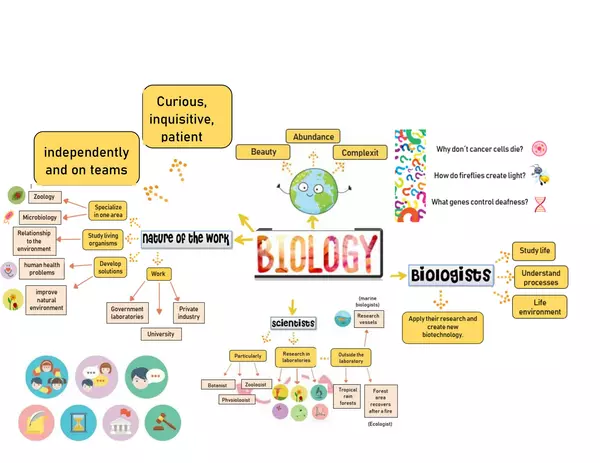
| Resource type | Activity |
| Recommended age | 14 - 18 years |
| File information | pdf, 1 pages, 322 KB |
Los biólogos estudian la vida, intentan comprender los procesos que ocurren en entorno de vida. Aplican su investigación y crean nuevos biotecnología, también intentan responder preguntas de cosas que observan en ella, medio ambiente, por ejemplo: ¿por qué no mueren las células cancerosas ?, ¿cómo las luciérnagas crean luz? ¿Y qué genes controlan la sordera ?.
Los científicos son particularmente botánico, zoólogo y fisiólogo, hacen investigaciones en laboratorios con plantas, animales y otros materiales, también pueden trabajar fuera del laboratorio, por ejemplo, tropical selva tropical (botánico), área forestal recuperada después de un incendio (ecologista) y buques de investigación (biólogos marinos).
La naturaleza del trabajo de un biólogo es el trabajo en laboratorios, universidad e industria privada. Pueden especializarse en un área, por ejemplo, zoología y microbiología. Al mismo tiempo desarrollar soluciones tales como problemas de salud humana y mejorar el entorno natural.
Las habilidades que debe tener un biólogo son curiosas, inquisitivas y paciente, también en el momento del trabajo puede estar de forma independiente y en equipos.
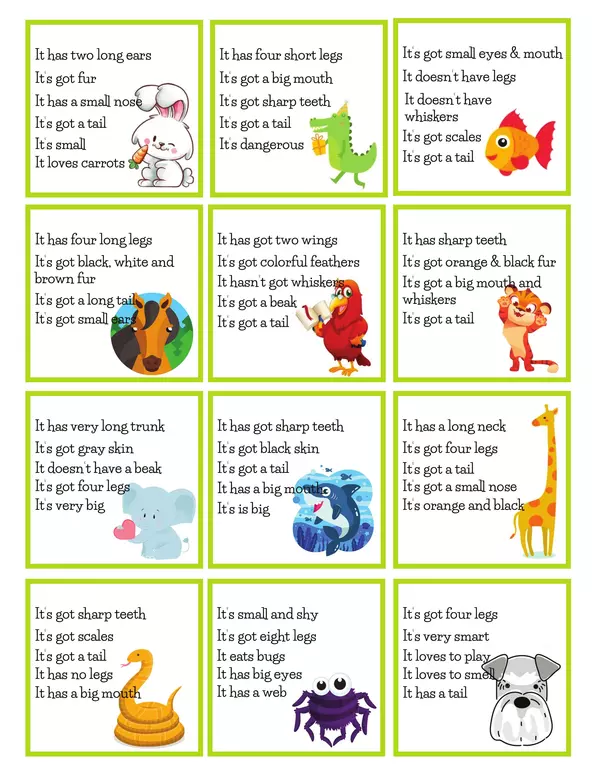

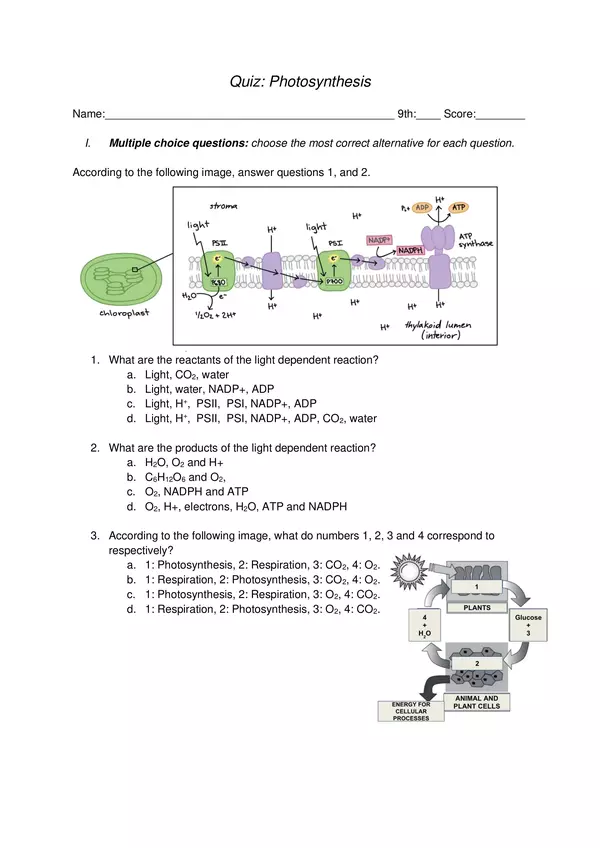
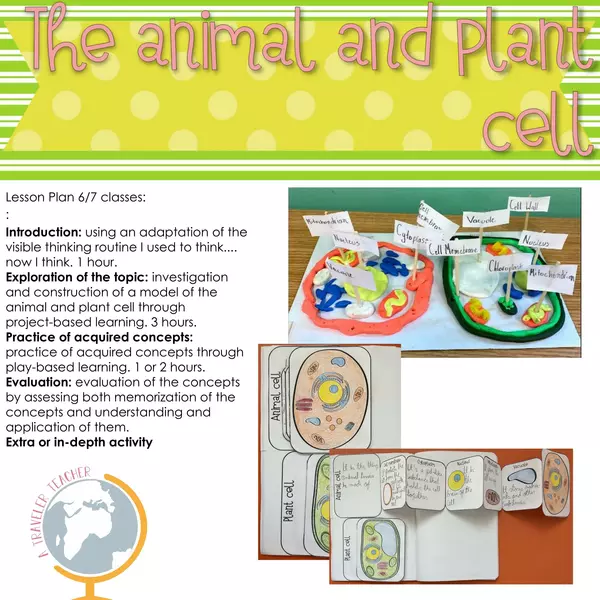
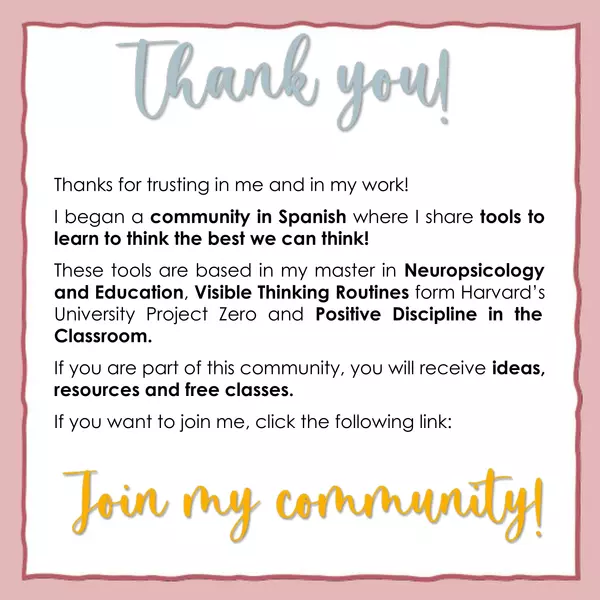
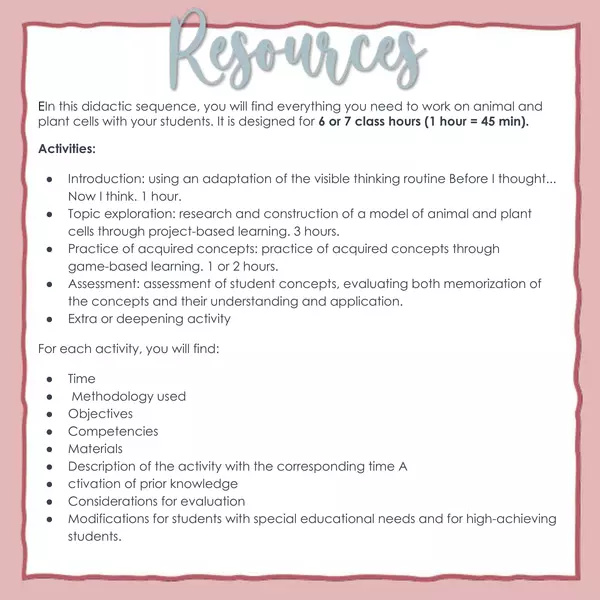
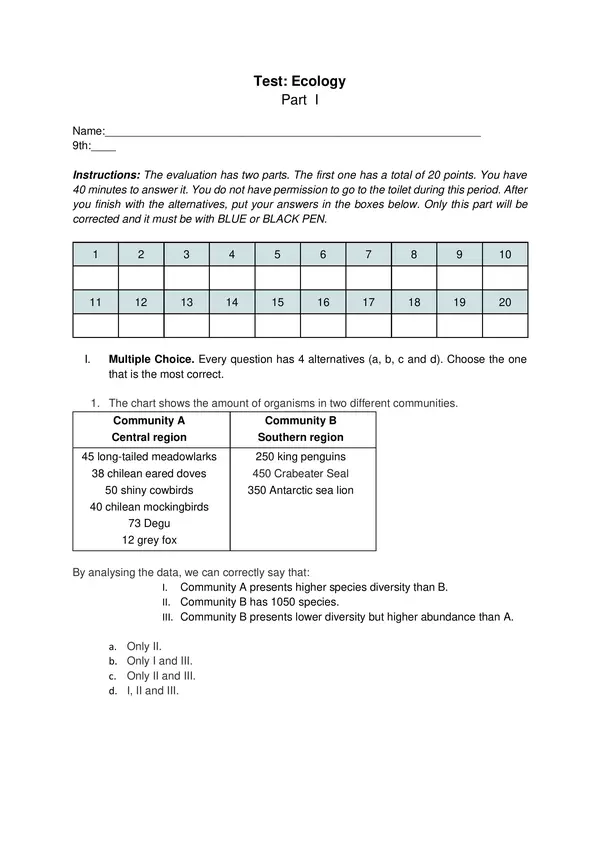
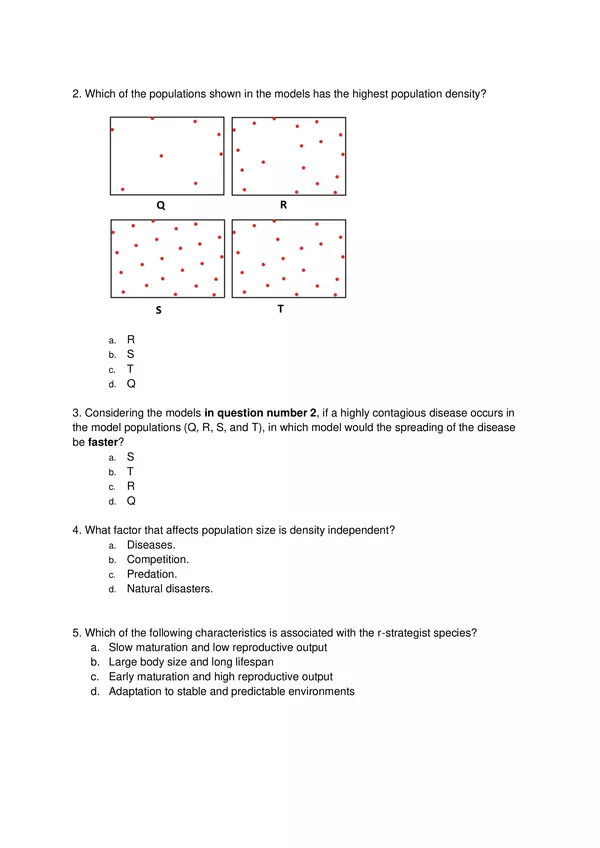
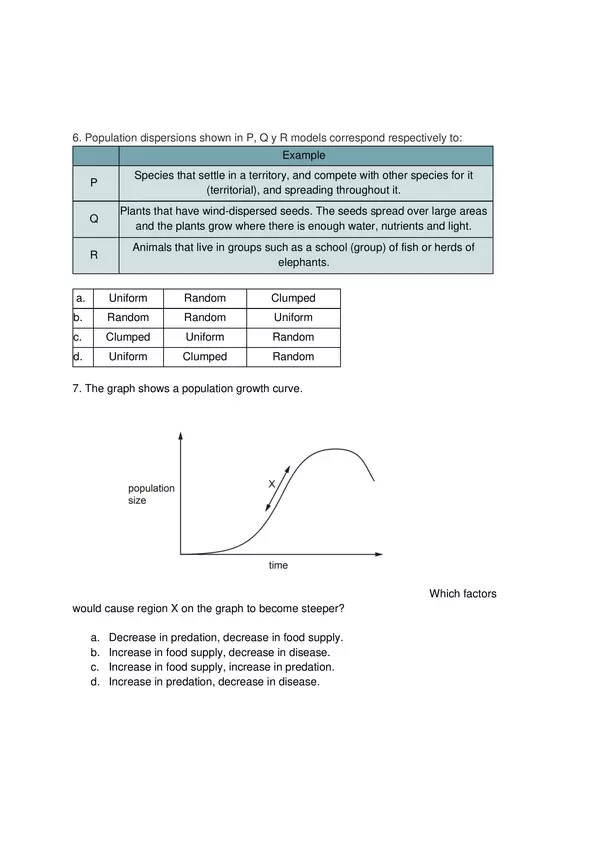
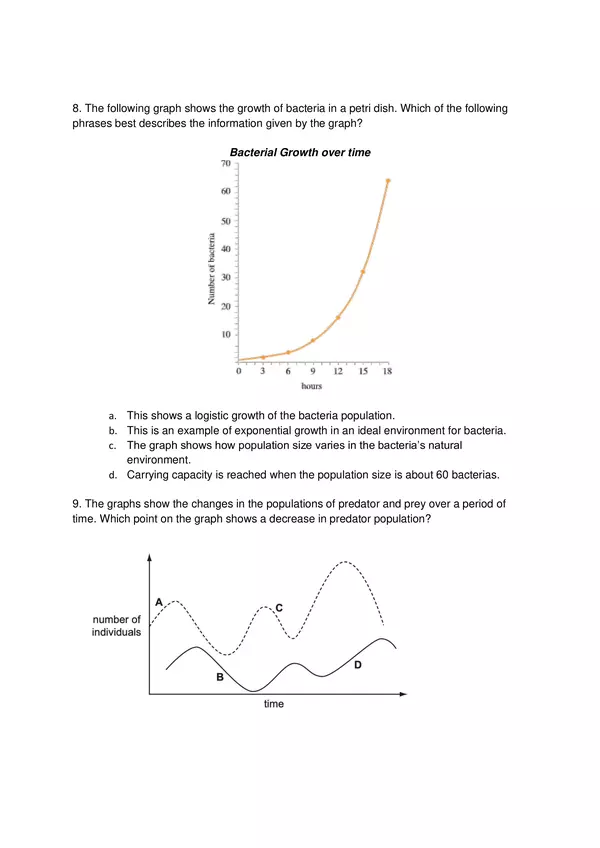
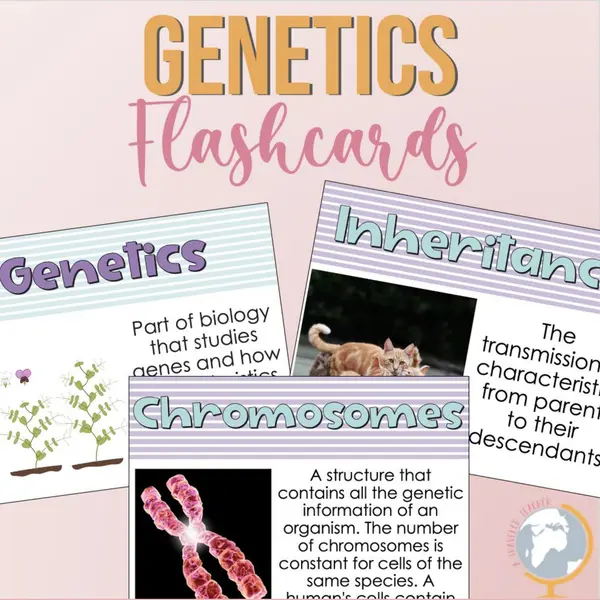
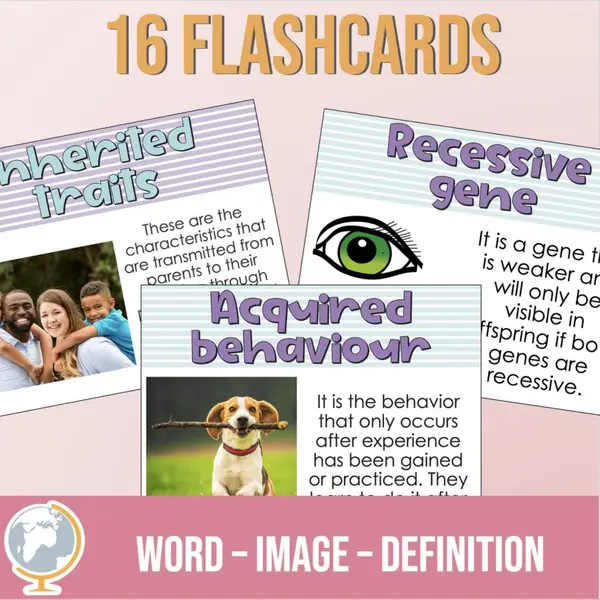
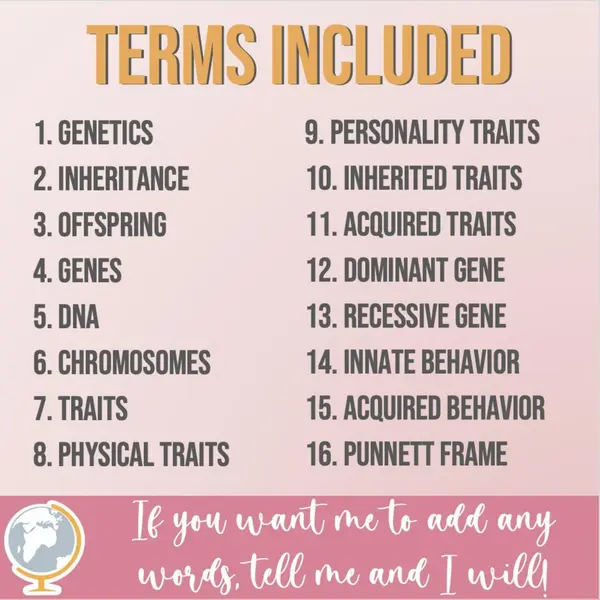
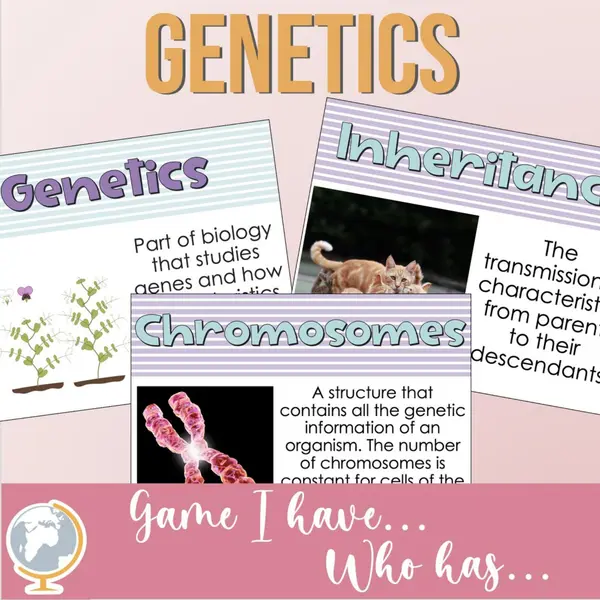
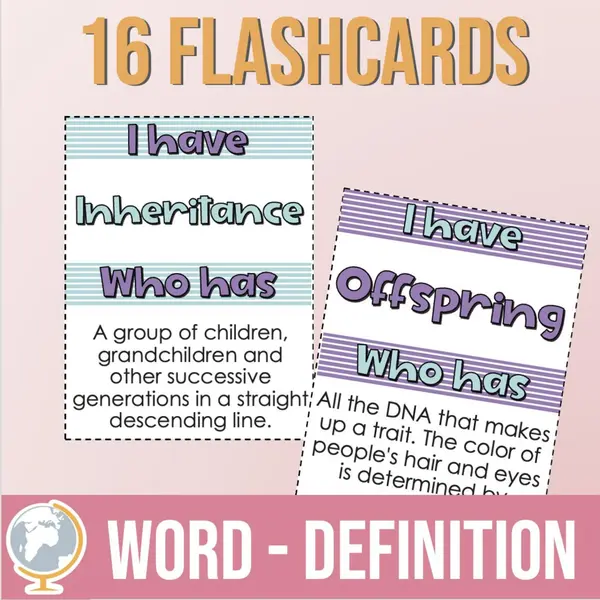
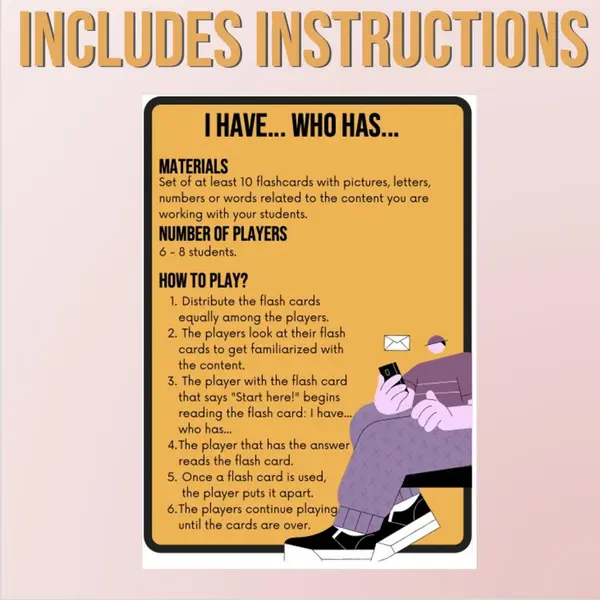
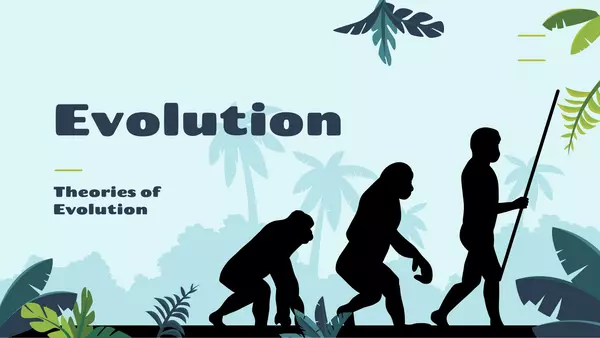
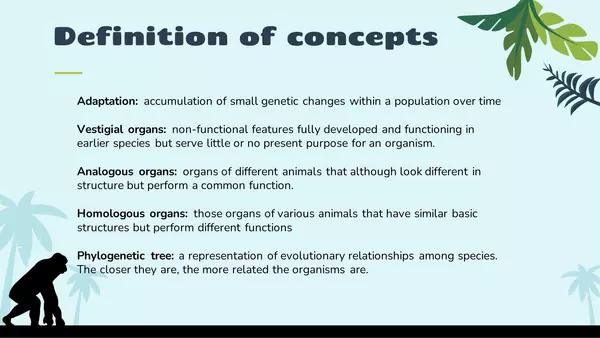
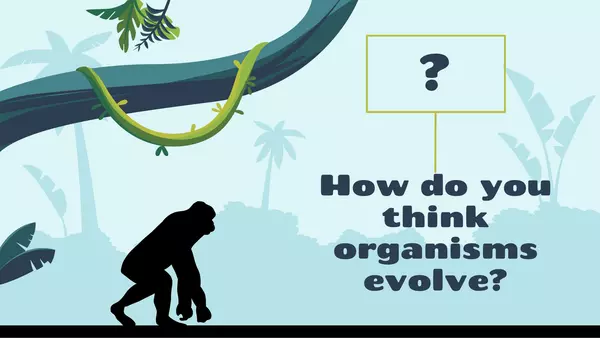
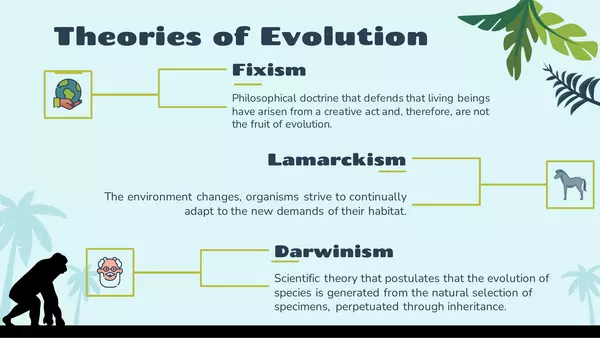
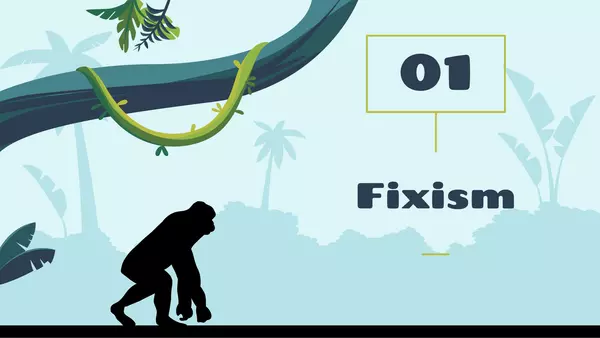
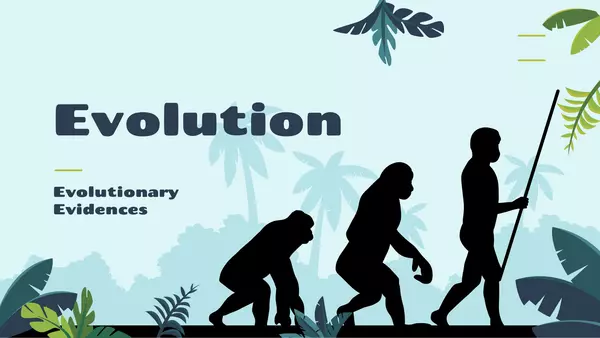
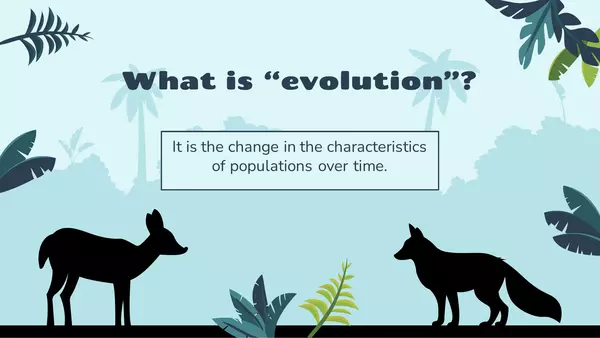
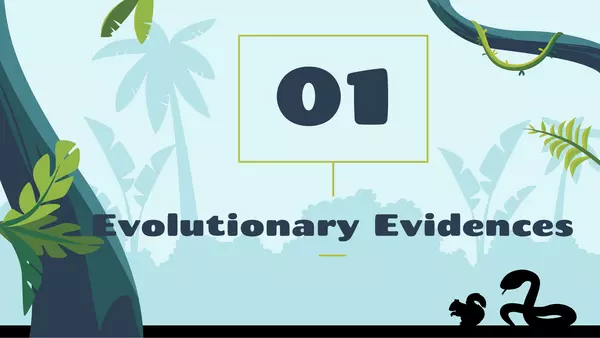
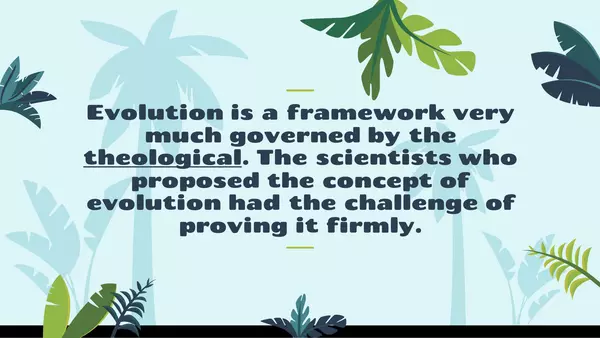
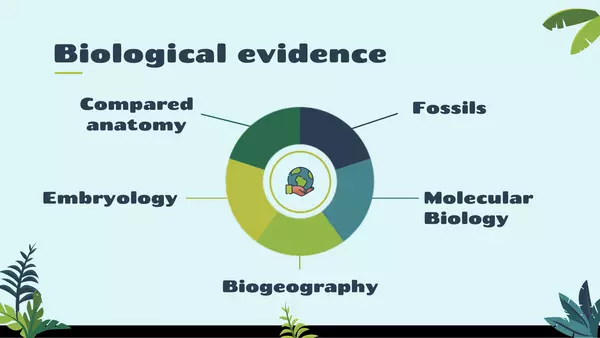
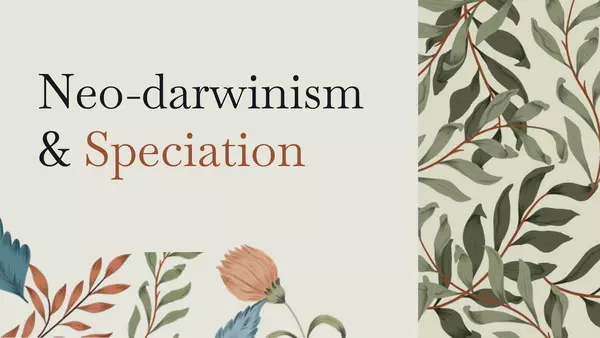
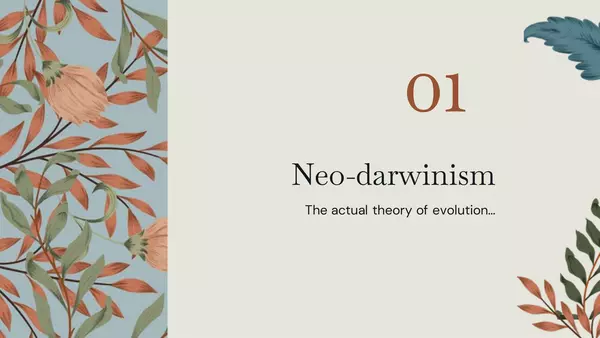



There are no comments yet, write one yourself!